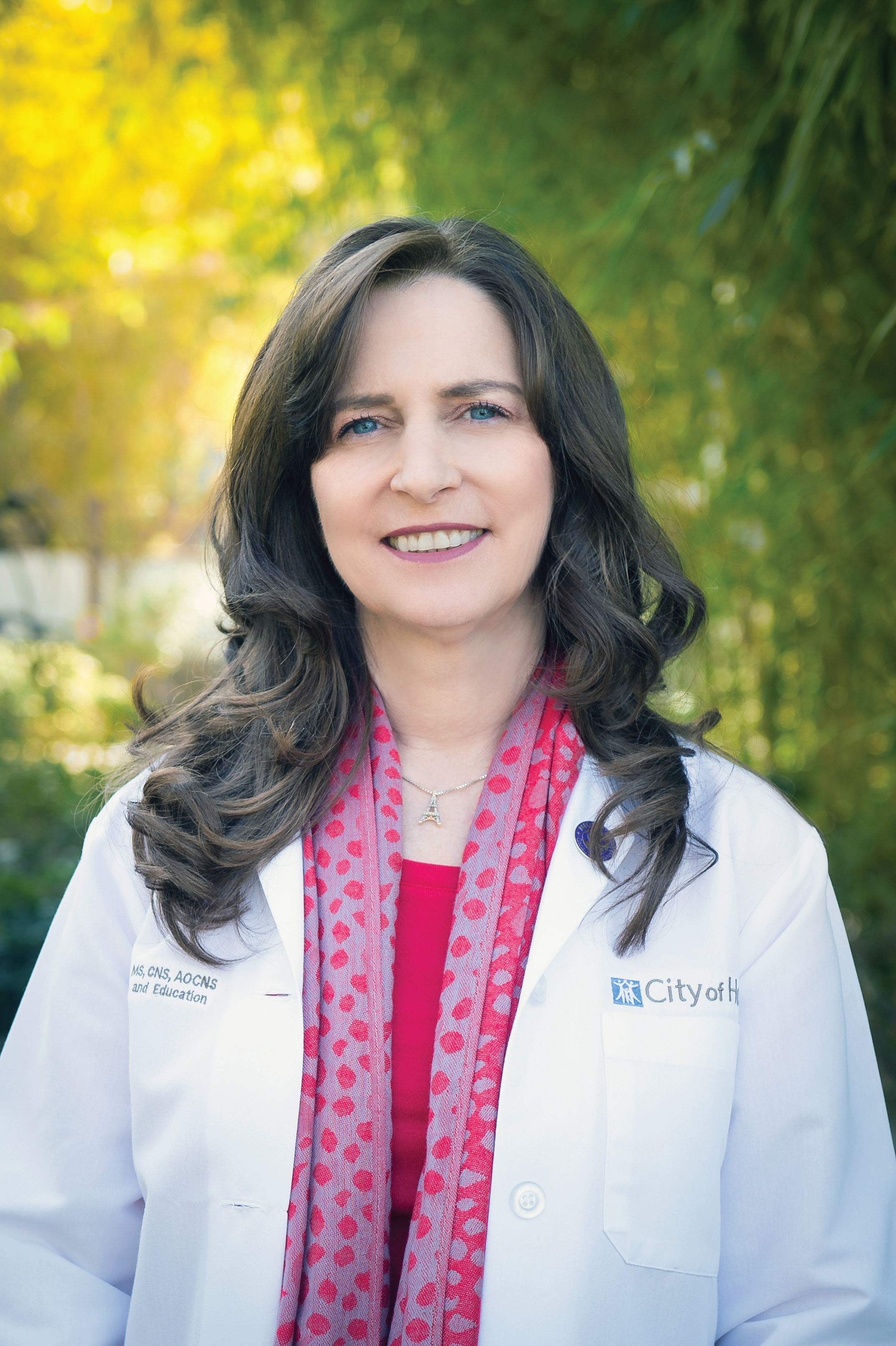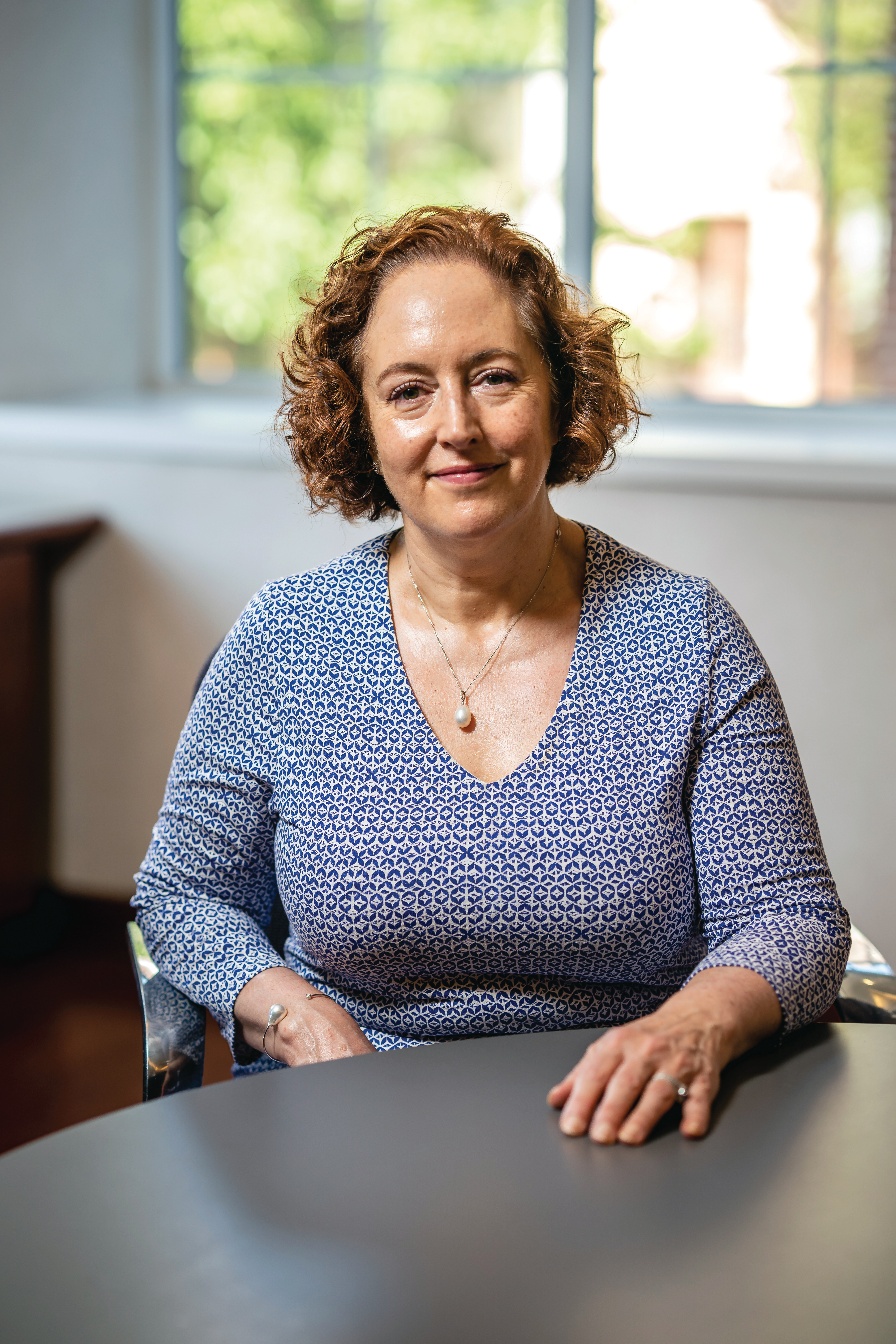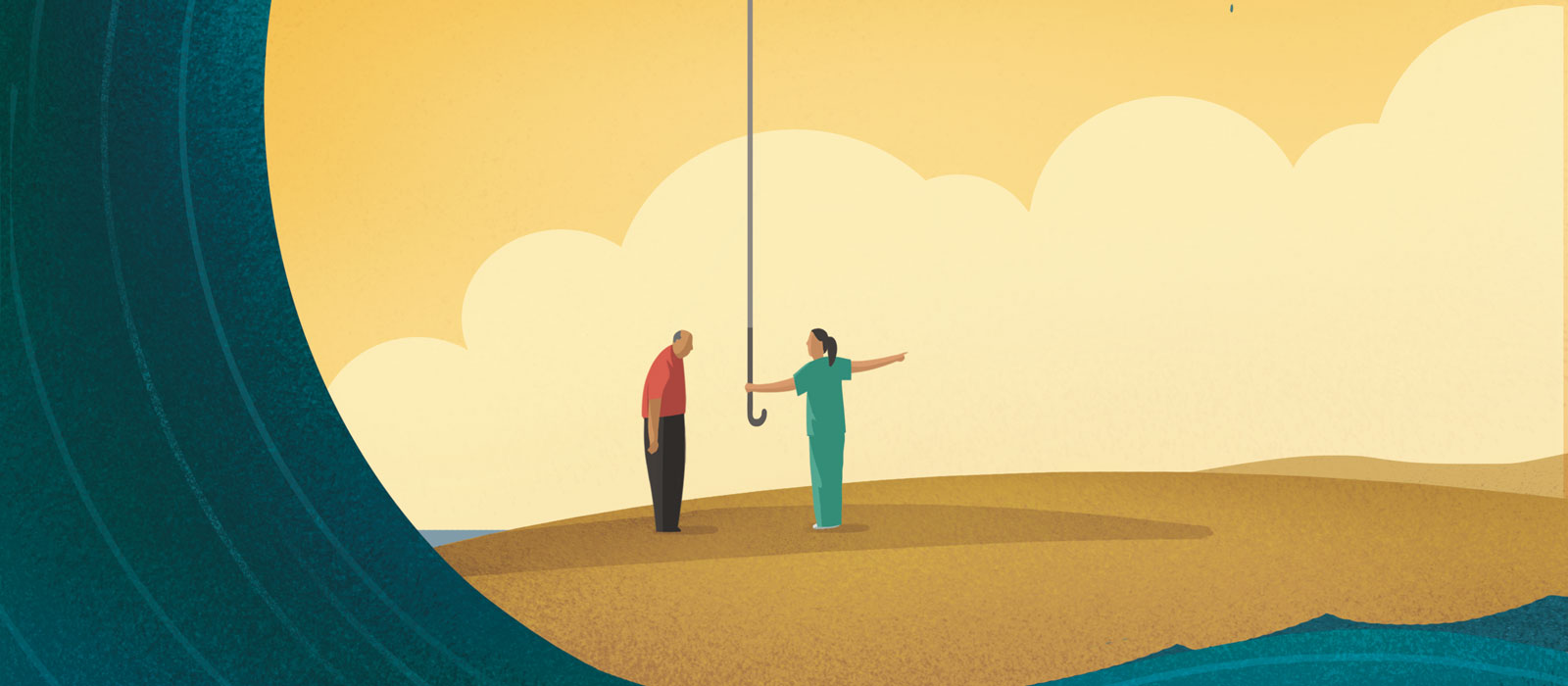By 2030, for the first time in U.S. history, adults aged 65 and older will outnumber children younger than age 18.
The Baby Boomer generation—born between the years 1946 and 1964—currently accounts for more than 76 million Americans, all of whom will be older than 65 in the next decade.
With an aging population comes health complications and growing comorbidities. Cancer is often referred to as a disease of the aging, and healthcare providers will need to be equipped to treat the impending wave of older adults with cancer. Oncology nurses are at the frontlines of that care and play a key role in the successful treatment of older patients with cancer using evidence-based interventions and age-specific care.

Older Adults’ Needs
As people age, significant changes in function and reserves may affect how they experience cancer and its treatment. Defining the shifts in anatomy, physiology, and function and understanding individual preferences are crucial to providing optimal cancer care.
ONS member Peggy Burhenn, MS, CNS, AOCNS®, professional practice leader at City of Hope National Medical Center in Duarte, CA, says that the individualized, subjective factors associated with aging patients can be as varied as the patients themselves. Yet, some commonalities begin to affect people as they get older.
“Designating people aged 65 and older as the geriatric population might seem arbitrary, but very real changes begin to affect people as they get older,” Burhenn says. “Many adults undergo noticeable physiologic changes by their early- to mid-70s—that’s when changes become significant. Although not all patients age at the same rate, changes in physiology do happen and providers must understand what those changes are to account for them during cancer treatment.”
For ONS member Sarah Kagan, PhD, RN, FAAN, professor of gerontologic nursing and gerontologic clinical nurse specialist for the Joan Karnell Supportive Care Program in the Abramson Cancer Center at the University of Pennsylvania Hospital in Philadelphia, gero-oncology isn’t just a specialty in the field—it’s the population of people for whom nearly all oncology nurses care.

“The majority of people diagnosed with cancer today, and the great majority of survivors, are older than 65—many are well over age 75,” Kagan says. “What I like to stress is that almost all oncology nursing is, in fact, gerontologic oncology nursing. Caring for younger populations is generally less common than patients 65 and older. I’d love to see a mindset shift to recognize the importance of gero-oncology nursing, which is defined by understanding aging from a biologic, psychological, social, spiritual, and sometimes creative perspective. It’s a holistic model of understanding aging that plays to our strengths as oncology nurses.”
Complexities of Older Adult Care
Among older patients with cancer, various types of treatment complications can arise, sometimes with little warning. Burhenn stresses the importance of assessing older patients to understand their vulnerabilities. Remaining vigilant for potential physiologic and functional changes is a key aspect of gero-oncology care.
“Patients of any age can have comorbidities, but it’s far more common in older adults. In fact, older adult patients with cancer often have three or more illnesses. Those other illnesses have a direct impact on cancer treatment, and addressing comorbidities is a huge aspect of care. But that’s just one level of complexity with this population,” Burhenn says. “Changes in physiology can go undetected in normal circumstances. A patient might have subtle changes to the renal system with age, but those changes don’t become truly apparent and impactful until the patient undergoes chemotherapy. As providers, we can’t always see those invisible changes in physiology in patients as they age, but we need to keep them in mind.”
Kagan points out the vast number of specialists and providers older patients are expected to see. In the midst of a large oncology and healthcare team, sometimes the patient’s voice can get lost.
“The biggest challenge I see is that we live in an era of biomedical subspecialism,” Kagan says. “Patients are going to one clinic for this diagnosis, a different provider for that condition, but our patients live their health and wellness as whole people—not subdivided diagnoses. My patients have told me that the subspecialist model of care is exhausting, especially when you factor in cancer treatments. We need to care for our patients as whole people—and oncology nurse navigators are doing great work in this field.”
And polypharmacy in older adults adds another layer of complexity to patient management, Burhenn says.
“As we assess our patients, we need to understand how well they’re managing their existing medications,” she says. “If someone is having a problem managing current medications for their comorbidities—and we’re going to add on to that with cancer treatment and supportive medications—we need to know that as soon as possible.”
However, as patient advocates, oncology nurses can help address any potential problems, Kagan says.
“Nurses and providers alike need to be sensitive to the number of medications being prescribed to older adult patients,” she says. “Recent news suggests that many older patients are taking potentially unnecessary antibiotics, as an example. We need to explore the idea of nurses working with pharmacists and providers to deprescribe medications to help combat the issues associated with polypharmacy. Just because someone is older, it doesn’t mean that they need to be saddled with countless medications.”
Misconceptions About Cancer and Aging
Burhenn and Kagan both acknowledge biases around older adults, especially regarding cancer treatments. Often the bias is inherent and unnoticed, but it can affect the way nurses and other healthcare providers care for older patients with cancer.
“I’ve heard people say they’re more difficult to work with or that it’s a depressing population to care for,” Kagan says. “That’s simply not true. I think there’s a disconnect with some people, thinking that older people are some isolated group of stereotypical, frail individuals locked away in a nursing home. But, if we look around at our patients, most of them are older than 65, and they are living in our communities. They are not stereotypes but real people living real lives. They are often our neighbors, even our family members, people we know. These misconceptions signal a pressing need to address an inherent, embedded, and almost always unintentional ageism and age-
related bias. Being aware of that ageism is crucial to combat it.”
Age affects people differently, and providers must measure each patient’s abilities and vulnerabilities as they consider potential cancer treatments.
“It’s important to understand how different people can be when it comes to aging and that not everyone ages at the same rate,” Burhenn says. “If an 80-year-old woman walks into the office, it’s crucial not to assume that she can’t receive treatment based on her age. We need to address that bias, because based on average life expectancy, an otherwise healthy 80-year-old woman could potentially live another 13 years. We don’t want to rob her of that.”
Future of Gero-Oncology Nursing
Burhenn and Kagan both emphasize the importance of advocating for older adults with cancer and representing their patients’ wishes.
“In the words of my late colleague Arti Hurria, MD, ‘Always listen to the patients. They have so much to teach us,’” Burhenn says. “With older adults, it’s key to make sure their voices are heard and wishes are understood. It’s central to successful gero-oncology care, and nurses are in the perfect position to ensure that patients are central in their cancer care.”
With the growing population of older adults on the horizon, it’s more important now than ever before for oncology nurses to embrace the body of evidence and knowledge related to age-based cancer care.
“The future for gero-oncology nursing is extremely bright,” Kagan says. “And we must be mindful that we cannot separate aging and cancer—oncology nurses are gerontology nurses too. We must keep up with the emerging knowledge for aging and aging well. Nurses are lifelong learners and must understand how older patients are living with—and beyond—their cancer diagnoses. The geriatric oncology population is only going to grow.”






